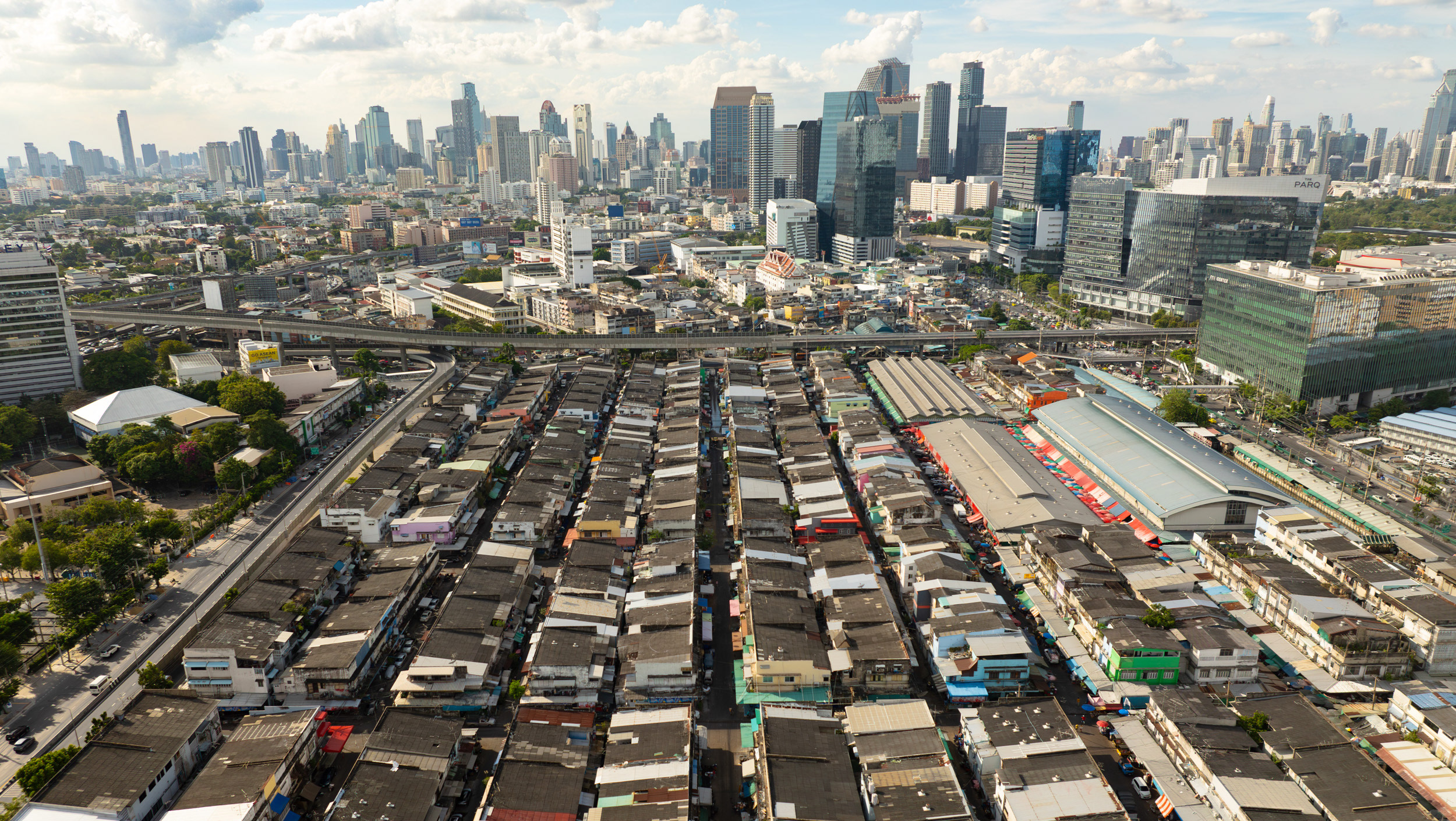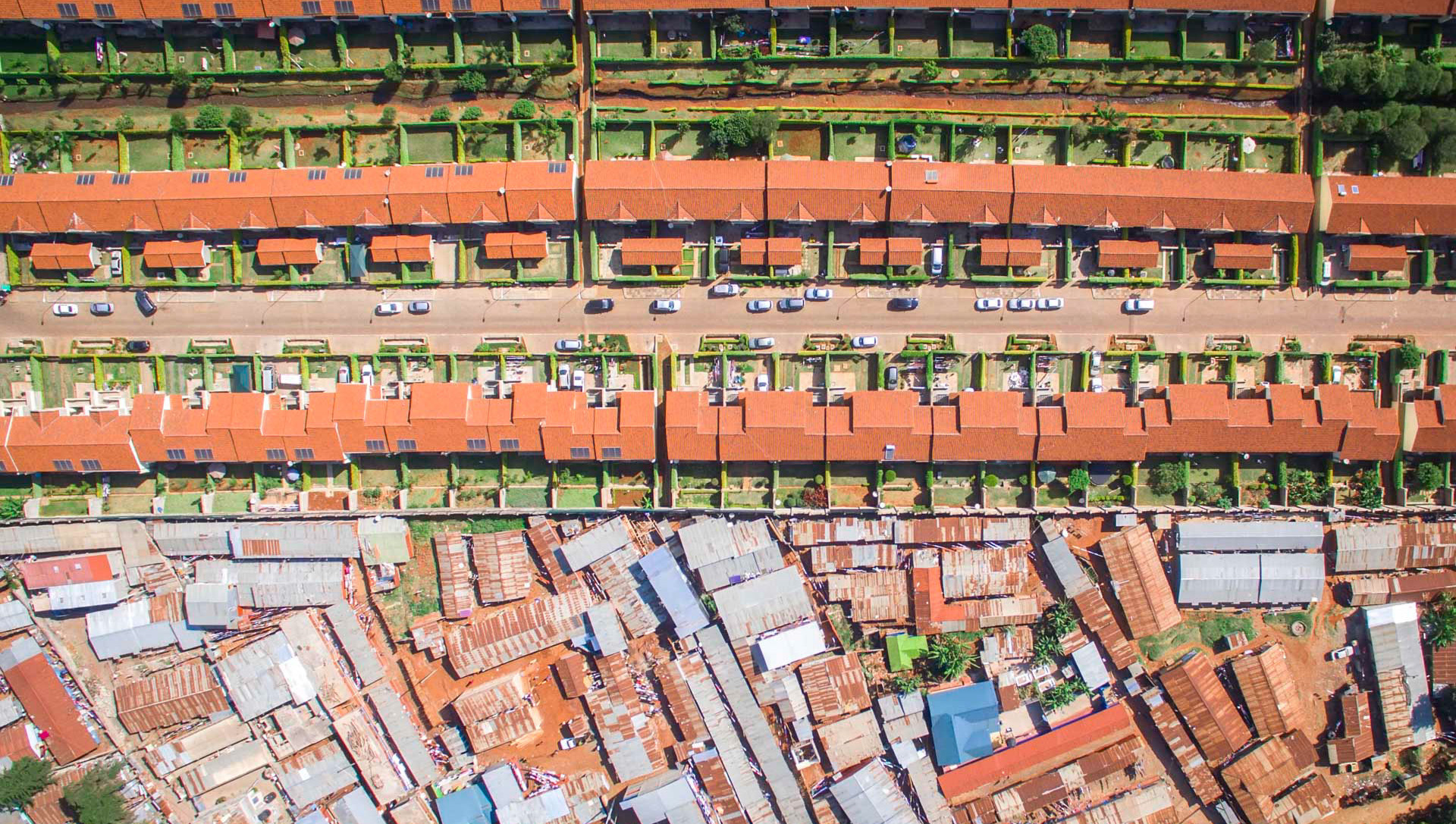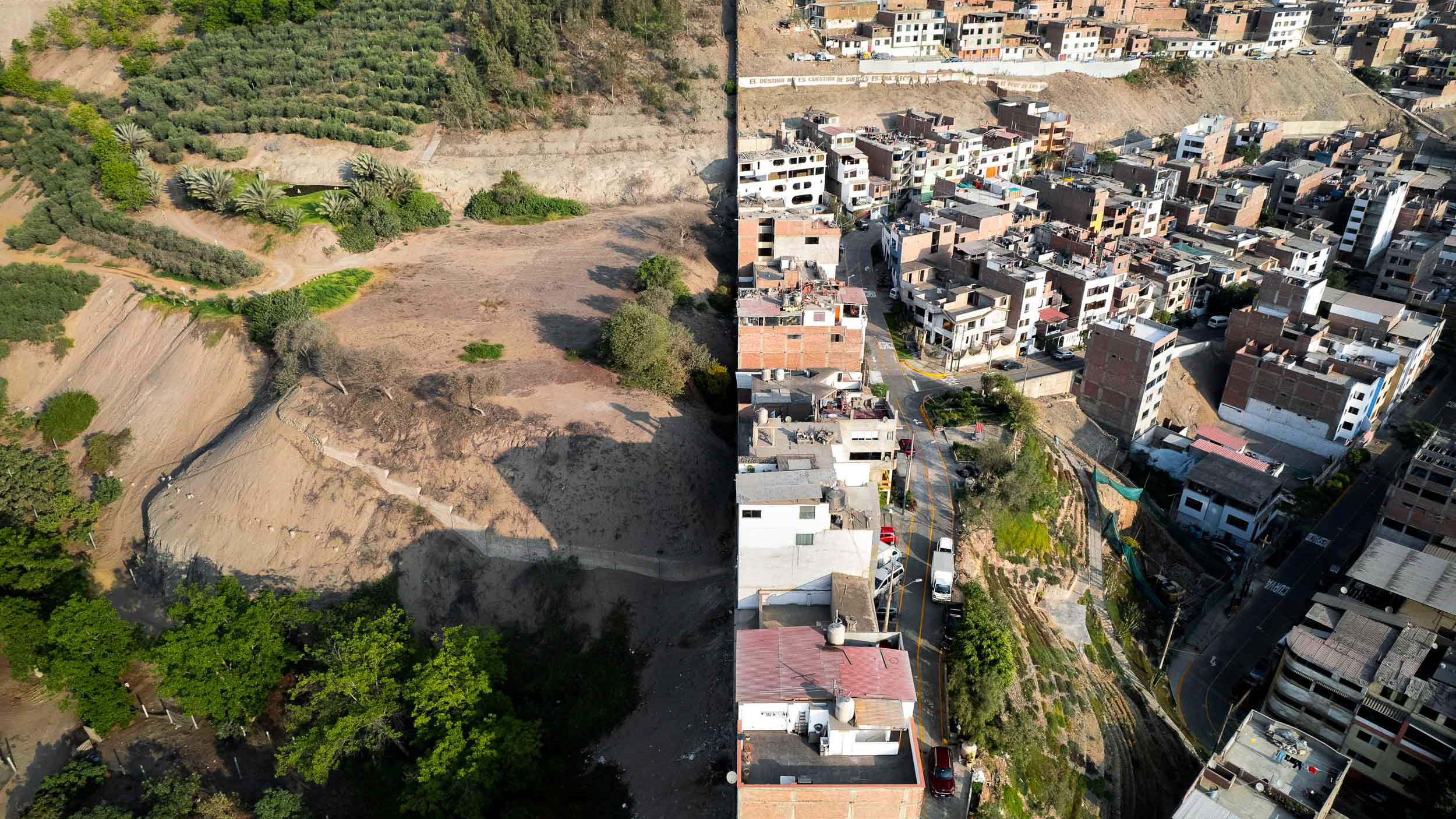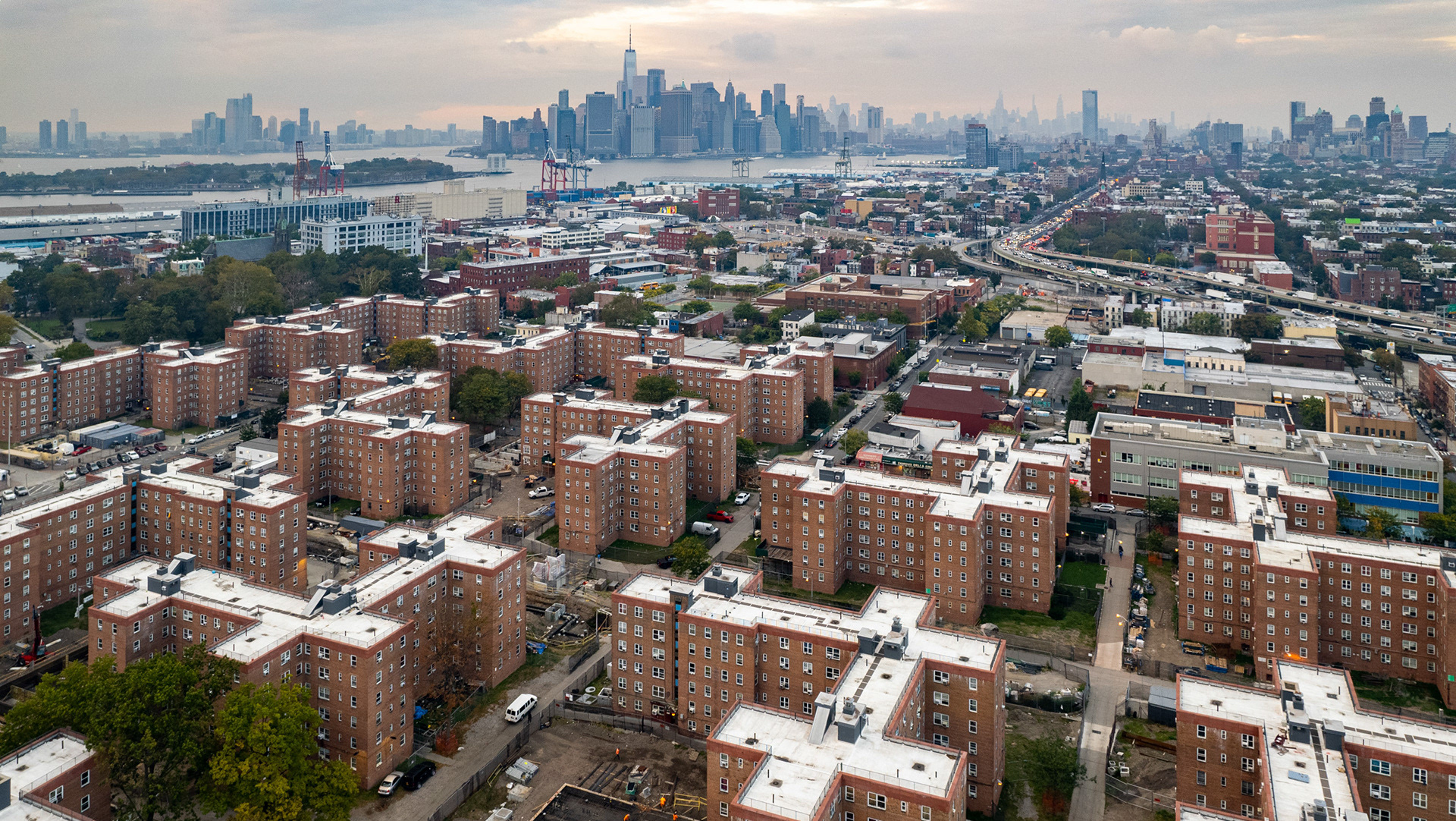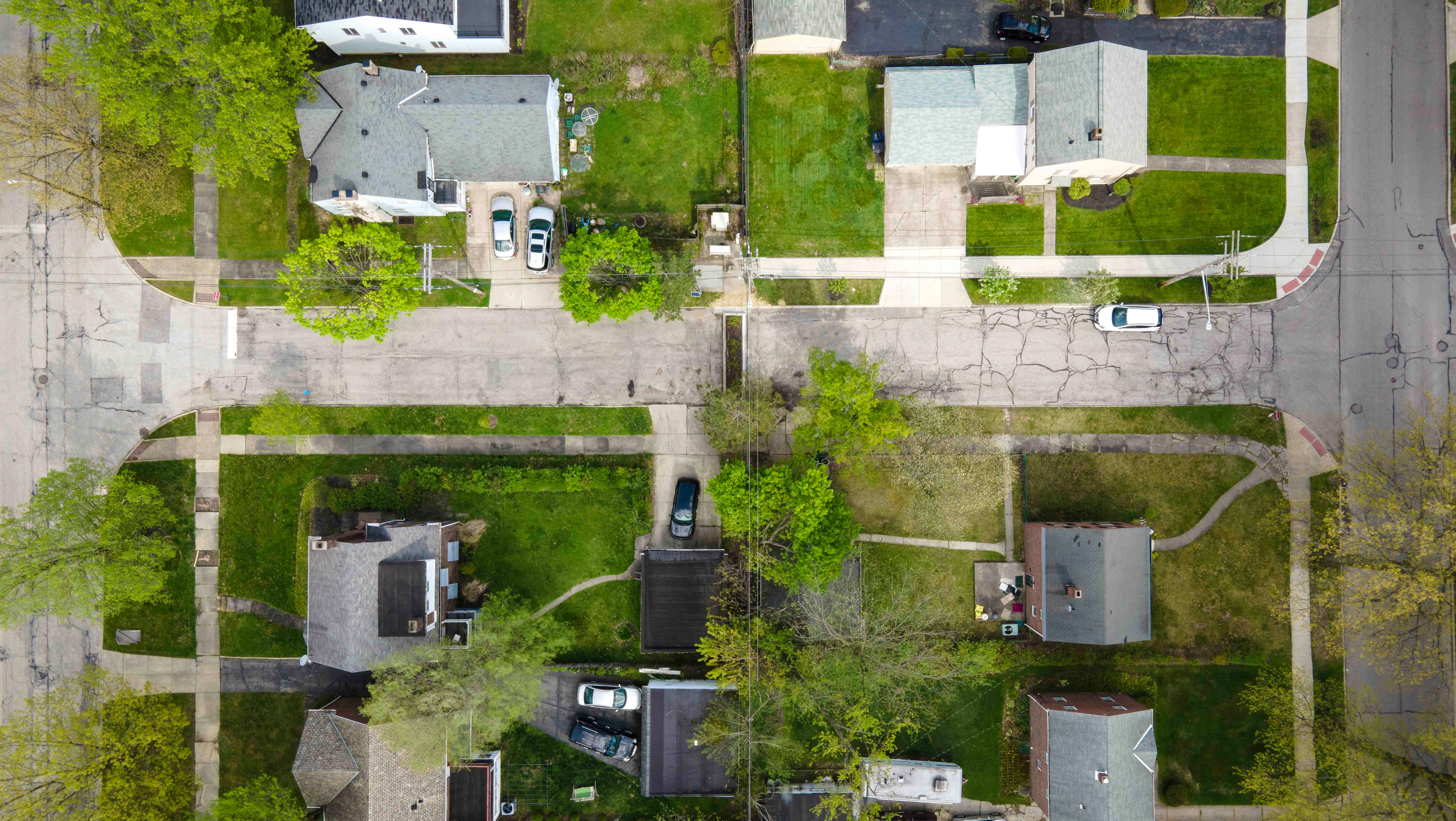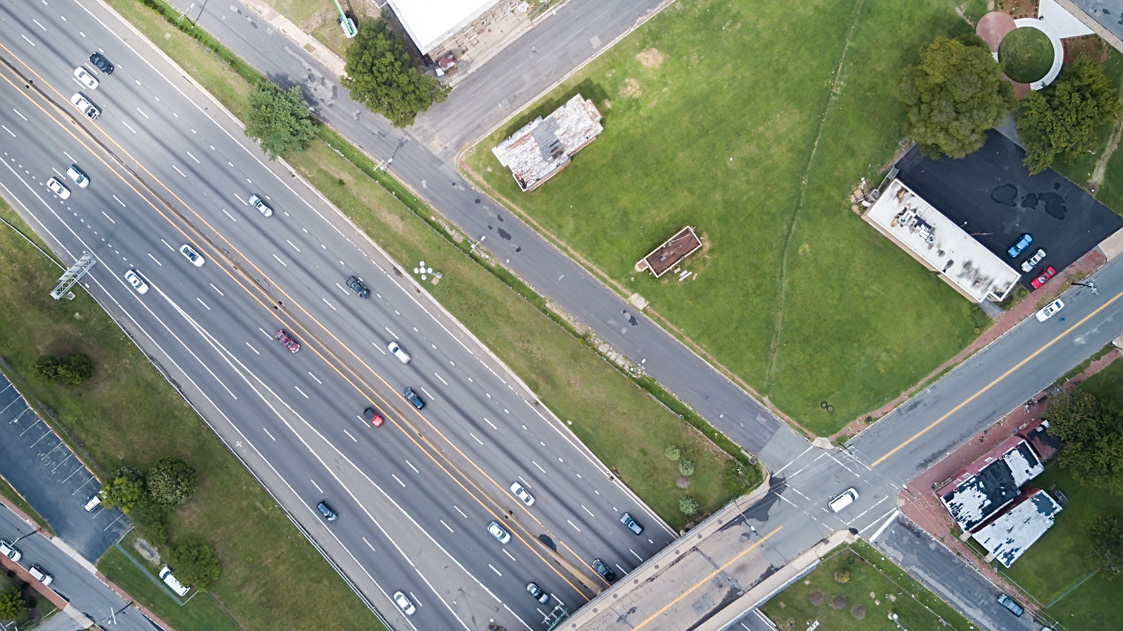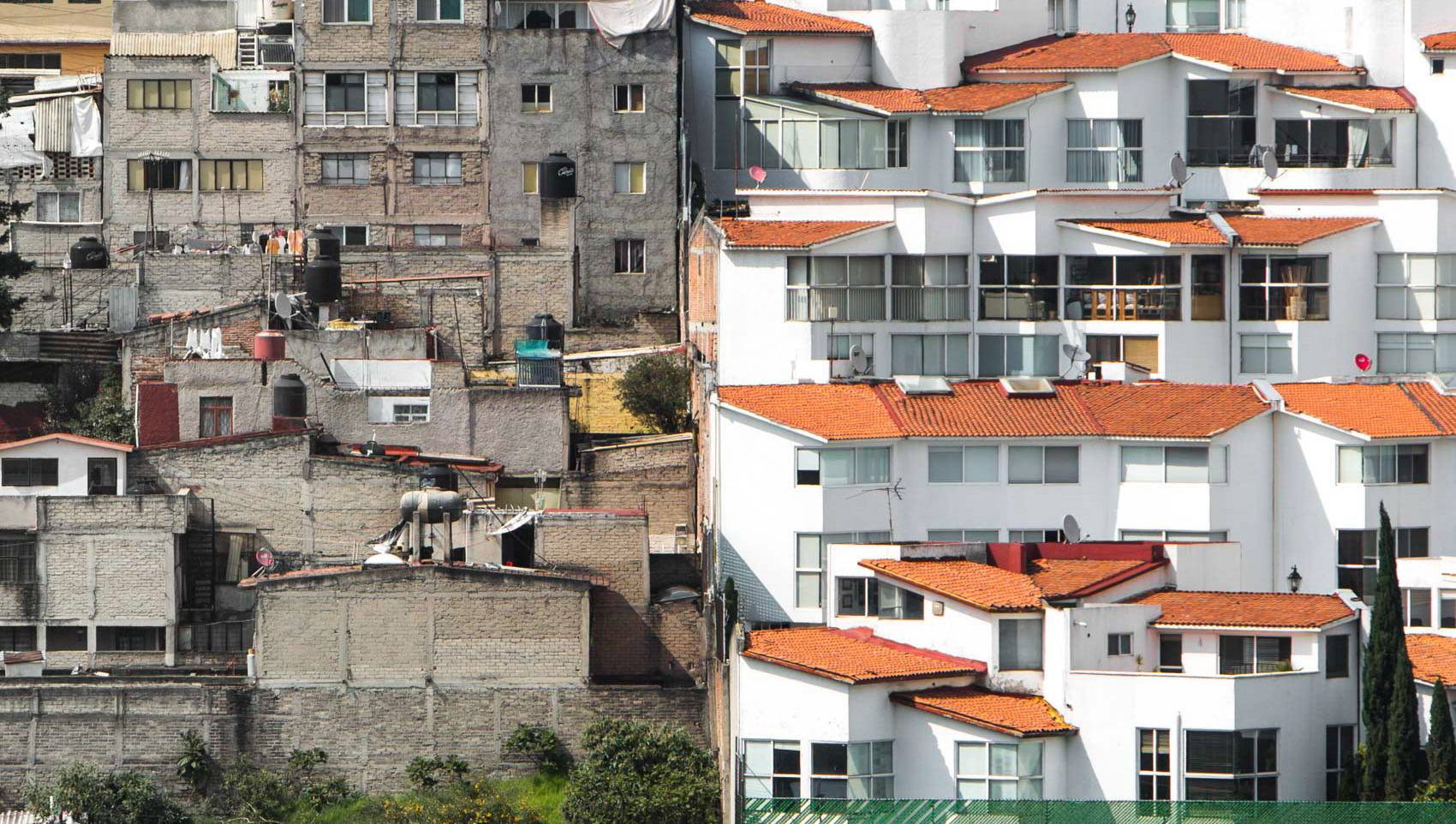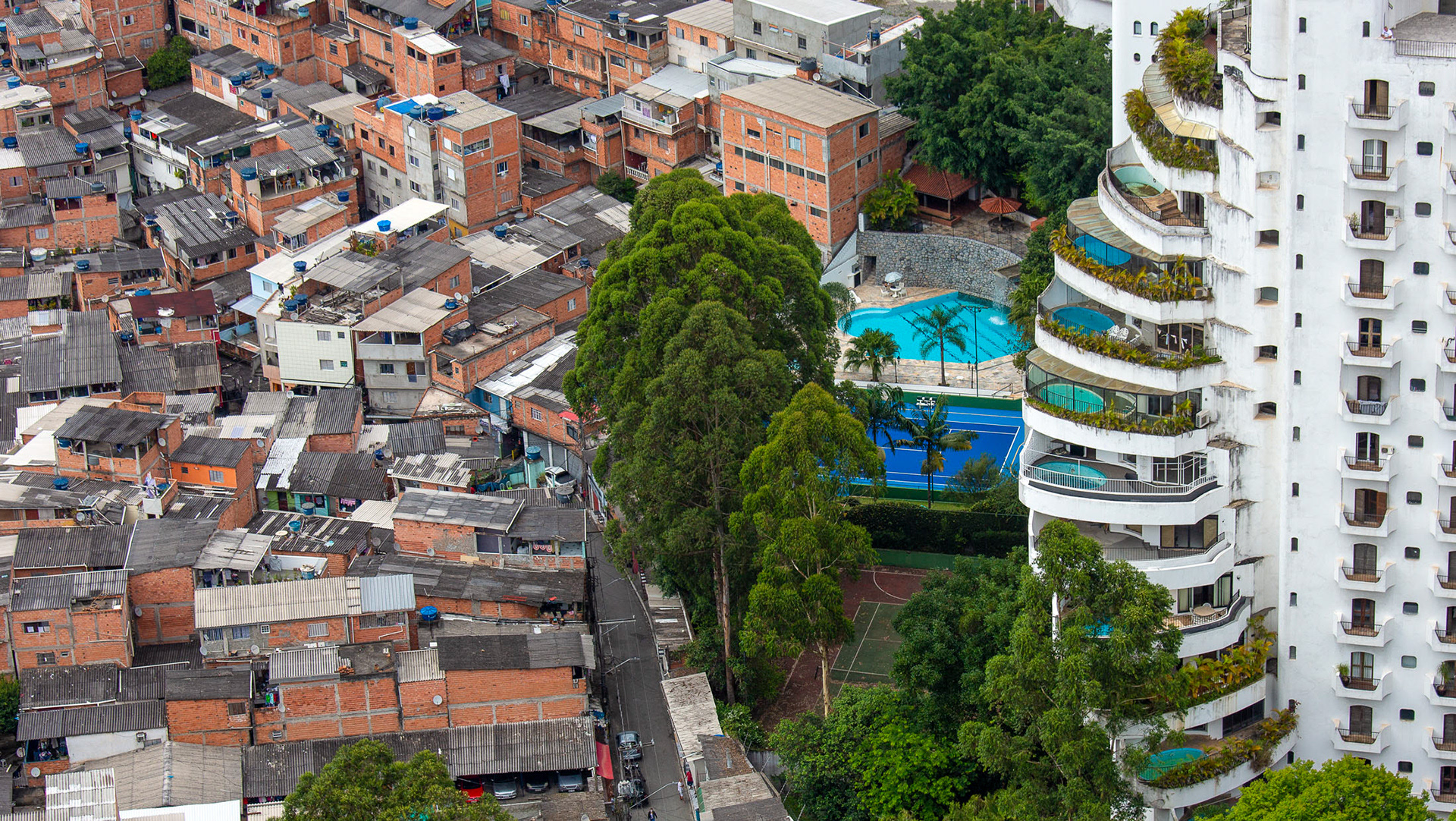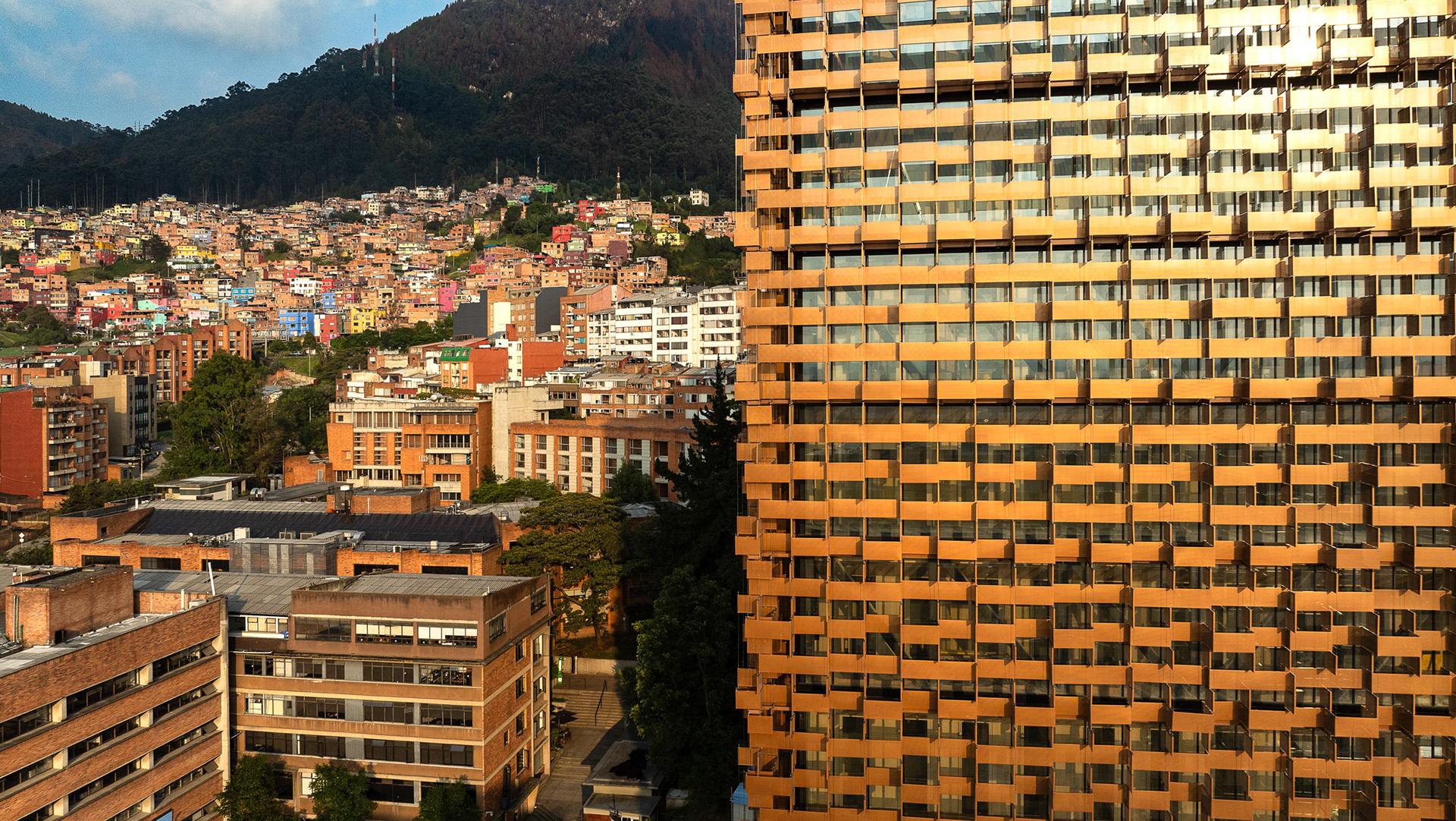One of the many tent cities that has been sanctioned to help deal with the homeless crisis, in Ballard, a wealthy neighborhood of Seattle.
Large homeless camps dot the city, including next to Seattle's most famous monuments. In this picture you can see the Space Needle, the Museum of Pop Culture, and the Climate Pledge Arena (newly redesigned at a cost of over $1B). In the foregound sits the headquarters of the Gates Foundation (the world's largest philanthropy). In the other direction (out of frame) is the headquarters for Amazon, one of the world's most valuable companies.
Homeless camps like this are generally tolerated in the city. The topic has sparked much debate between citizens, homeowners, and businesses.
The Alaskan Way Viaduct, days before this encampment was removed by authorities. On the pillars was a notice from the city, telling residents to vacate or face fines. Hundreds of people live underneath Seattle's roadways, a roof from the notoriously wet weather.
Two of Portland's "C3PO" camps for people experiencing homelessness sit in adjacent lots next to I-5. The communities were set up at the beginning of the COVID-19 pandemic, and give priority to the LGBTQI+ and BIPOC communities.
Blue roofs on this tiny home village in Ballard resemble the blue tarps in Mumbai.
A "tiny home" village on Lake Union, this one near downtown Seattle.
Interbay Village, a city-permitted "tiny home" village in the shadow of the Magnolia Bridge in Seattle.
City officials, police, and the homeless are constantly playing whack-a-mole with tent camps. When one is shut down, another springs up.
A tent city in Seattle's Queen Anne neighborhood.
A "tiny home village" in North Seattle.
This unsanctioned grouping of tents on city-owned park land in North Seattle and next to a local school, has residents angry.
Oftentimes, "tiny home" villages aren't easily visible from the street. This one is in North Seattle.
Tent camps alongside Lake City Way.
"The Jungle", a famous strip of land underneath and alongside I-5, was once home to hundreds of homeless people.
Tents along US-30 in Portland.
Homeless encampments are found under many bridges in Portland, especially near downtown.

